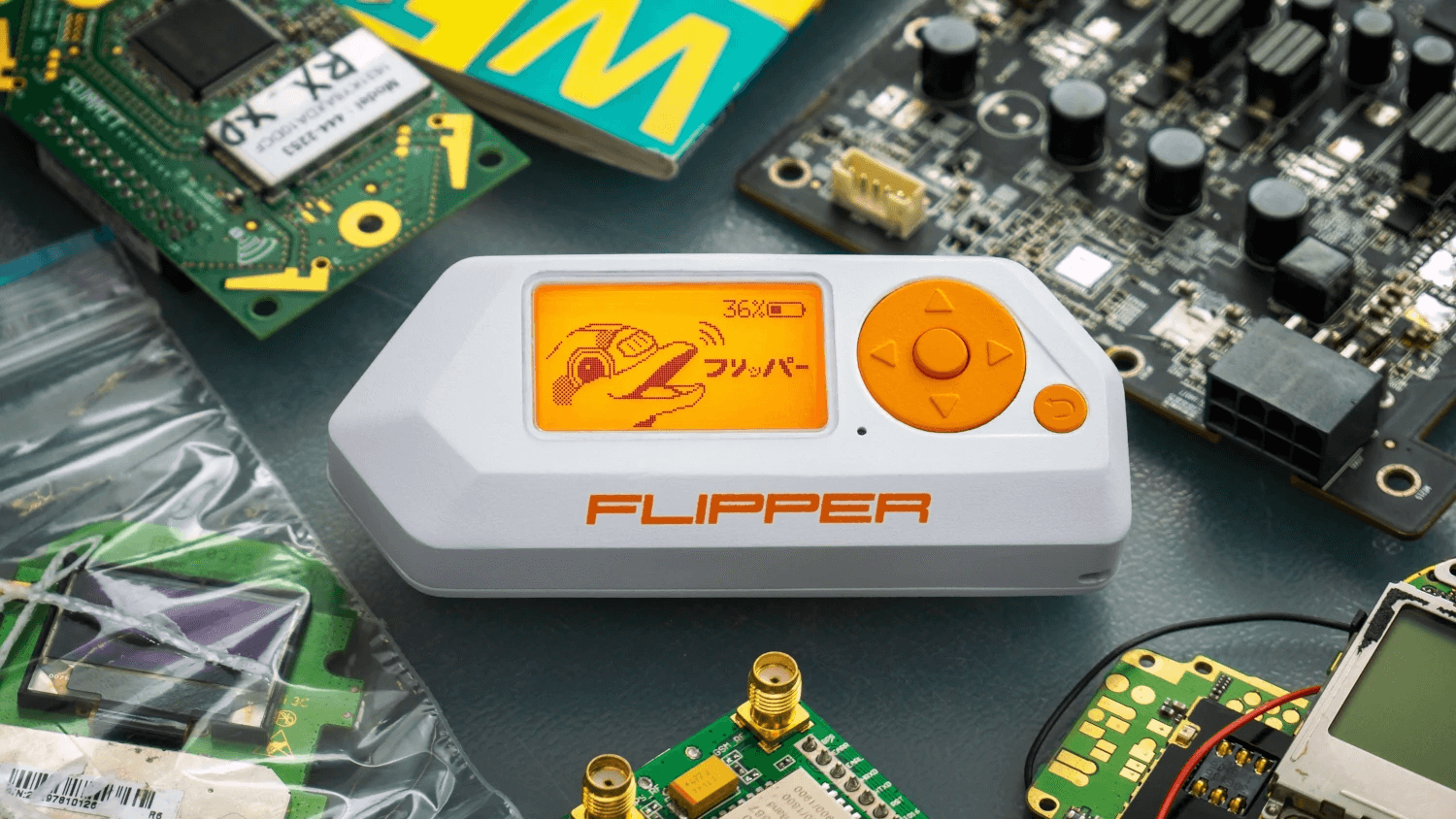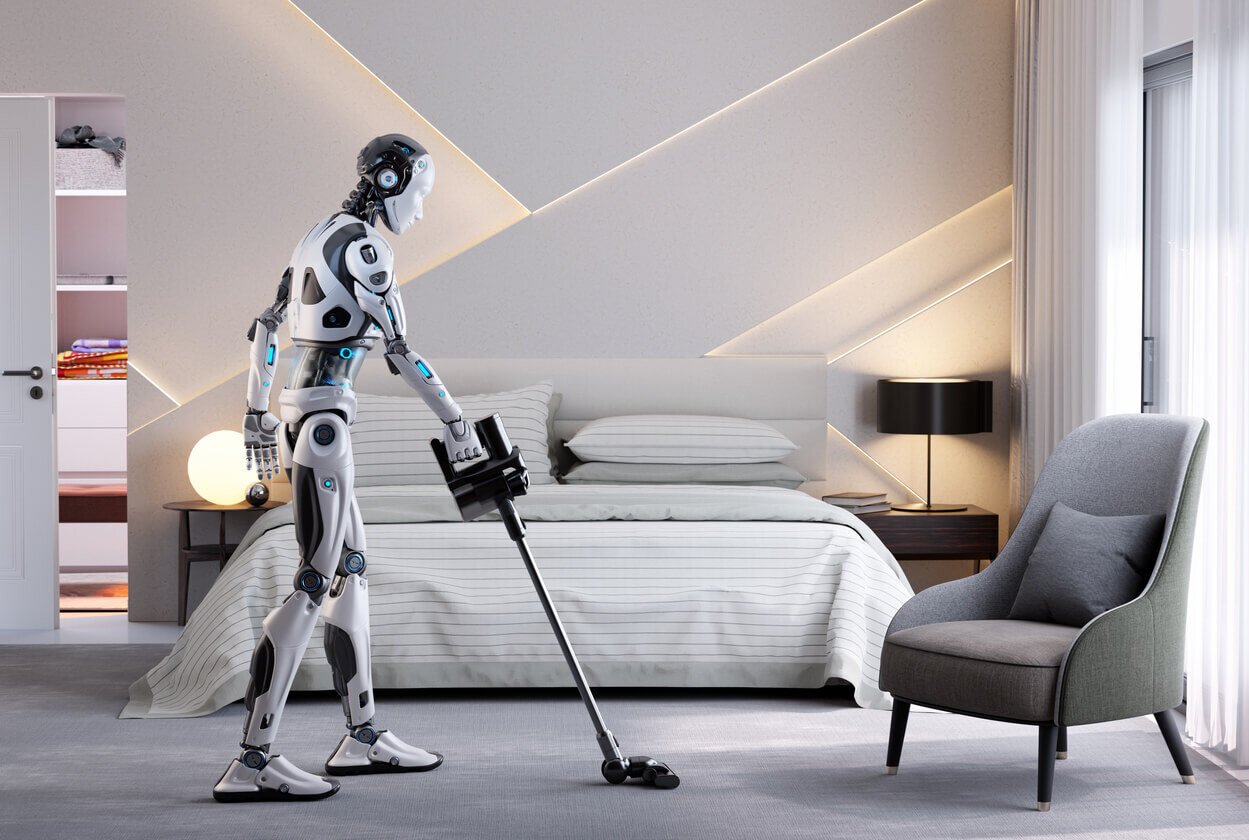Can Neuralink Be Hacked? Cybersecurity Experts Weigh-In
Last month, Elon Musk, the renowned entrepreneur, revealed that his venture, Neuralink, has successfully implanted its brain-computer interface in a human subject for the first time. Musk shared on X (previously known as Twitter) that the individual is recovering well and early outcomes are showing promising signs of detecting neuron spikes, which are essentially the electrical activities of brain cells. However, these advancements in brain-computer interface technology are also raising significant concerns regarding cybersecurity implications. The possibility of hacking the brain, a concept once confined to science fiction, is now a real concern that experts are urgently addressing to ensure the safety and privacy of individuals using such advanced neural technologies.
What is Neuralink?
Neuralink's innovative device, wireless in nature, comprises a chip and more than a thousand slender, flexible conductors arranged in electrode arrays. These are delicately inserted into the cerebral cortex by a surgical robot. So, what is a Neuralink supposed to do? The primary function of these electrodes is to capture thought patterns associated with movement. Musk envisions a future where an app will convert these signals into actions like moving a cursor or generating text, enabling control over computers through thought alone. He compared this potential to imagining a world where Stephen Hawking could communicate faster than anyone using a keyboard. Named Telepathy, this product is the initial offering Musk has in mind for Neuralink.
The U.S. Food and Drug Administration gave the green light for Neuralink's human clinical trials in May 2023. By September, the company had started recruiting participants with quadriplegia for its inaugural study. Since its inception in 2016, Neuralink has aimed to integrate human intelligence with artificial intelligence. While its long-term goals are ambitious, its current focus aligns more with developing neural keyboards and similar tools for individuals with paralysis to control computers. The approach and speed with which Neuralink has chased these objectives have led to federal investigations concerning the deaths of study animals in Neuralink trials and the handling of hazardous materials.
Cybersecurity Experts Weigh in on Neuralink Hacking Concerns
In an era where the concept of a 'brain hacked' scenario is transitioning from fiction to reality, questions about 'how to stop brain hacking' and the potential risks of 'hacked humans' have become increasingly pertinent. As we delve into the realm of advanced neural technologies like Neuralink, understanding these risks and exploring mitigation strategies is crucial. Industry experts have recently shared their insights on the complexities of safeguarding our most private and powerful organ – the human brain – from cyber threats.
Roger Grimes, a cybersecurity expert with 35 years of experience, has expressed concerns about the vulnerability of Elon Musk's Neuralink AI brain chip to hacking. In a recent interview with The U.S. Sun, Grimes, who has written numerous books on computer security and consults for major corporations, highlighted several potential hacking challenges and risks associated with the chip. He pointed out that, currently, the chips are not clearly advertised as Internet-connected, which reduces cybersecurity risks, but cybercriminals would still need to overcome several obstacles. These include understanding the chip's unique operating system, which is likely not common software, making it harder to hack. Additionally, hacking would probably require physical proximity to the chip and specific knowledge of its technical workings.
Grimes emphasized that despite these challenges, the possibility of hacking cannot be ignored, citing previous instances where medical devices were compromised. He questioned the difference between those devices and Neuralink's chip. While he believes it is unlikely that the chip will be hacked soon due to these mitigating factors, he warned of the severe dangers of Neuralink if a hack were to occur. Past medical device hacks have endangered users' lives, and given the nature of the brain chip, similar incidents could have deadly outcomes. Grimes's concerns highlight the need for robust security measures in the development and deployment of such advanced medical technologies.
Alex Laurie, Senior Vice President at ForgeRock, also commented on the potential cybersecurity implications of implantable brain–computer interfaces. In a conversation with the Daily Star, he emphasized the necessity for Neuralink to implement robust anti-hacking systems from the outset. He explained that Neuralink's current design allows users to control a computer through an app on their phone, creating a link between the brain and external devices. Laurie highlighted the potential hacking risks within Neuralink, the app, and the connected computer, warning that hackers could falsely manipulate the system to make it appear as though the user is issuing commands they are not.
Laurie further explained the possible dangers hackers could pose to individuals with the Neuralink chip. While there is uncertainty about the extent of physical harm hackers could cause, Laurie noted that they could gain access to personal medical information or imitate the user's activity history. As Neuralink progresses to medical trials, Laurie believes the company likely has strong security protocols in place. However, he stressed the importance of additional measures to protect users' identities, like not using real names. Laurie also remarked on the potential benefits of Neuralink, suggesting it could significantly improve lives. He emphasized that the broader technology ecosystem must adapt to support this advancement, including the need to protect the extended concept of self, which encompasses embedded devices and their network interactions.
Examples of Medical Device Vulnerabilities and Hacks
Real-world examples demonstrate the significant risks of hacking medical devices and implants. For instance, former U.S. Vice-President Dick Cheney had to disable the wireless feature of his defibrillator to prevent hacking attempts, as revealed in a 60 Minutes interview. A security researcher showed at a 2011 Black Hat conference how he could remotely disable his insulin pump. In 2016, Johnson & Johnson (J&J) reported a vulnerability in their insulin pumps that could lead to unauthorized access and potentially fatal insulin overdoses. The Department of Homeland Security’s Industrial Control Systems Cyber Emergency Response Team (DHS ICS-CERT) discovered in 2017 eight cybersecurity vulnerabilities in Smiths Medical’s Medfusion 4000 Wireless Syringe Infusion Pumps. The same year, the U.S. Food and Drug Administration (FDA) recalled 465,000 devices from Abbott due to risks of unauthorized programming changes, including battery depletion. In 2019, the FDA recalled certain Medtronic MiniMed insulin pumps over vulnerabilities that could allow attackers to modify device settings. Also in 2019, a critical flaw in Medtronic heart defibrillators was identified, enabling attackers to manipulate radio communications to change device settings. Furthermore, in 2021, Armis found nine critical vulnerabilities in pneumatic tube systems used in over 3,000 hospitals worldwide, including most North American hospitals. These vulnerabilities, known as PwnedPiper, could enable attacks like taking over the Translogic PTS stations or launching ransomware attacks.
Balancing Innovation with Safety in Brain-Computer Interfaces
The discussion surrounding the safety of Neuralink's pioneering technology sheds light on a crucial aspect of modern medical advancements: the ever-present threat of cybersecurity breaches. With the integration of brain-computer interfaces into healthcare, the stakes are higher than ever. These devices, while offering life-changing benefits, especially for individuals with disabilities, also open up new avenues for potential cyber threats. This raises significant concerns about the privacy and safety of users. As this technology moves from concept to reality, the importance of developing comprehensive security measures to protect against hacking and unauthorized access becomes increasingly clear. It is a delicate balance between embracing groundbreaking technological advancements and ensuring the absolute security and well-being of individuals who will depend on these devices.
Contact Us
Share this
You May Also Like
These Related Stories

What is Flipper Zero? Portable Hacking “Multi-Tool” Explained

Tesla Optimus Robots - A New Attack Surface for Hackers?

.webp?width=2169&height=526&name=Compass%20white%20blue%20transparent%202%20website%20(1).webp)
-1.webp?width=2169&height=620&name=Compass%20regular%20transparent%20website%20smaller%20(1)-1.webp)
.webp?width=610&height=362&name=March%202024%20CTA%20(11).webp)
No Comments Yet
Let us know what you think